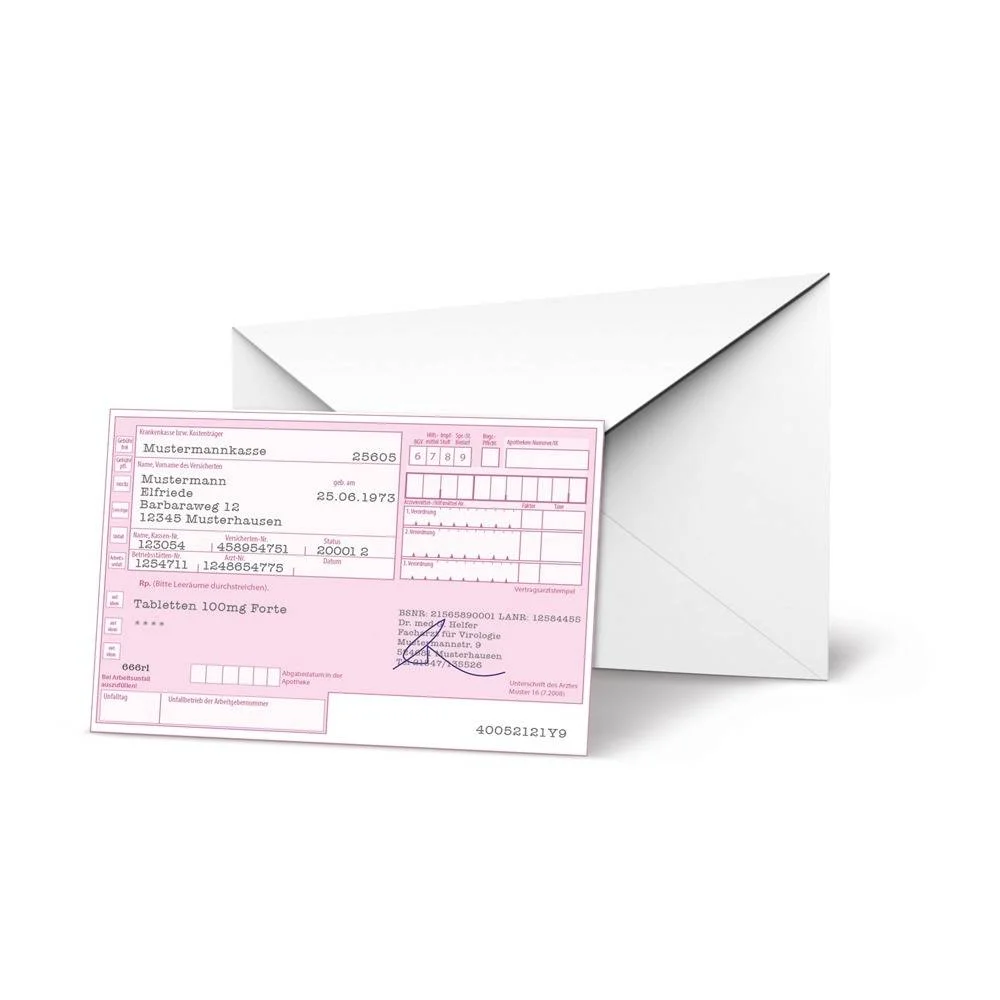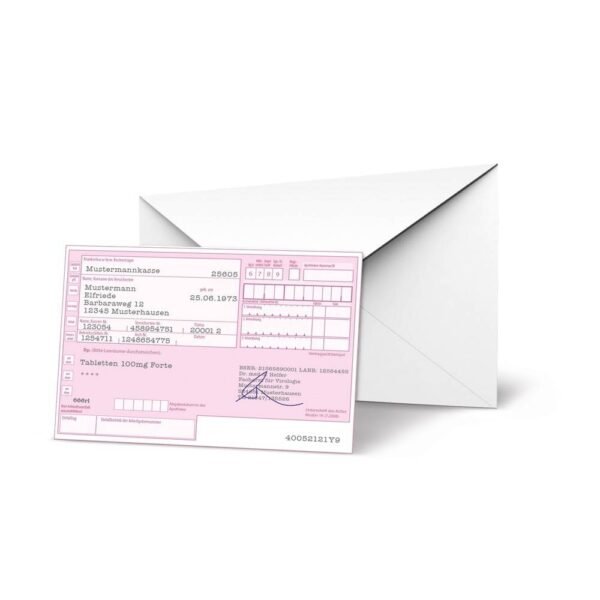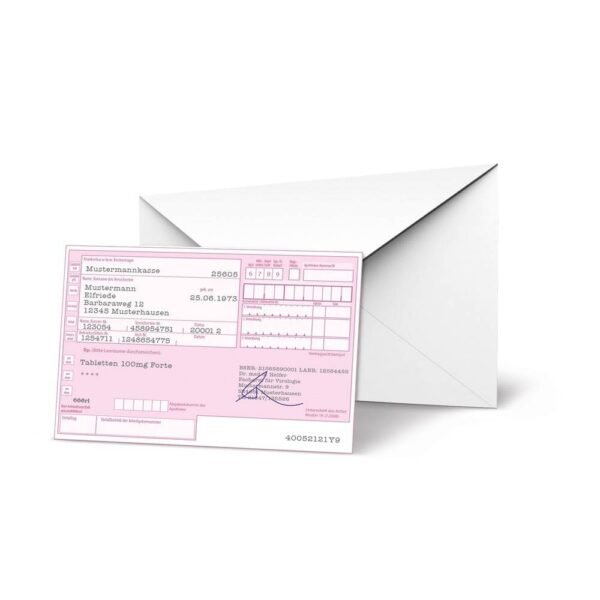Pharmacological properties of pharmacodynamics.
Nazofan has a pronounced anti-inflammatory effect, but when administered intranasally, its systemic activity is minimal. Fluticasone propionate does not inhibit or slightly inhibits the hypothalamic-pituitary-adrenal function. After intranasal use of fluticasone propionate (at a dose of 200 mcg / day) for 24 hours, there is no significant change in plasma cortisol AUC compared with placebo. Pharmacokinetics. Absorption: with intranasal administration of fluticasone propionate (200 μg / day), Cmax in blood plasma is not determined in most patients (<0.01 ng / ml). The level of direct absorption of the drug from the nasal cavity is negligible. The total systemic absorption of the drug, including the part that is swallowed, is also negligible. Distribution: fluticasone propionate is characterized by a large volume of distribution (about 318 liters). Plasma protein binding is moderately high (91%). Metabolism: Fluticasone propionate is rapidly eliminated from the systemic circulation, mainly by hepatic metabolism as an inactive carboxyl metabolite via cytochrome P450 CYP 3A4. Caution should be exercised when co-administering the drug with strong CYP3A4 inhibitors such as ketoconazole and ritonavir due to the potential increase in systemic exposure to fluticasone propionate. Excretion: the main route of elimination of the drug is excretion through the intestines, mainly in the form of unchanged substance, which is not absorbed. The renal clearance of fluticasone propionate is very small (<0.2%). Indications Nazofan prevention and treatment of year-round and seasonal allergic rhinitis (including hay fever). Application Nazofan only for intranasal administration. Before the first use of Nasofan, the vial must be brought to readiness by pressing and releasing the pump 6 times. If the spray has not been used for 7 days, it is ready by pressing and releasing the pump a sufficient number of times until a thick spray appears. Adults and children over the age of 12. The recommended dose is 2 irrigations in each nasal passage 1 time per day, preferably in the morning. In some cases, the dose may be 2 irrigations in each nasal passage 2 times a day. After achieving a therapeutic effect, it is possible to use a maintenance dose – 1 irrigation in each nasal passage 1 time per day. If the symptoms of the disease reappear, the dose may be increased accordingly. The maximum daily dose should not exceed 4 irrigations in each nasal passage. The minimum dose sufficient to obtain a therapeutic effect should be used. Children aged 4-12 years. The recommended dose is 1 irrigation in each nasal passage 1 time per day, preferably in the morning. In some cases, the dose may be 1 irrigation in each nasal passage 2 times a day. The maximum daily dose should not exceed 2 irrigations in each nasal passage. The lowest dose sufficient to effectively control symptoms should be used. Elderly patients. The usual dosage for adults is used. To achieve a greater therapeutic effect, the drug must be used regularly. The lack of an immediate effect is explained by the fact that maximum relief can be achieved no earlier than 3-4 days from the start of treatment. The duration of treatment is determined by the doctor depending on the clinical condition of the patient and the response to treatment. Application of a nasal spray. The dust cap prevents contamination of the bottle neck and should be removed before use and then replaced.
Original
Pharmakologische Eigenschaften der Pharmakodynamik.
Nazofan hat eine ausgepragte entzundungshemmende Wirkung, aber bei intranasaler Verabreichung ist seine systemische Aktivitat minimal. Fluticasonpropionat hemmt die Hypothalamus-Hypophysen-Nebennieren-Funktion nicht oder nur geringfugig. Nach intranasaler Anwendung von Fluticasonpropionat (in einer Dosis von 200 mcg / Tag) fur 24 Stunden gibt es keine signifikante Veranderung der Plasma-Cortisol-AUC im Vergleich zu Placebo. Pharmakokinetik. Resorption: Bei intranasaler Verabreichung von Fluticasonpropionat (200 ?g / Tag) wird Cmax im Blutplasma bei den meisten Patienten nicht bestimmt (<0,01 ng / ml). Das Ausma? der direkten Absorption des Arzneimittels aus der Nasenhohle ist vernachlassigbar. Die gesamte systemische Resorption des Arzneimittels, einschlie?lich des geschluckten Teils, ist ebenfalls vernachlassigbar. Verteilung: Fluticasonpropionat zeichnet sich durch ein gro?es Verteilungsvolumen (ca. 318 Liter) aus. Die Plasmaproteinbindung ist ma?ig hoch (91 %). Metabolismus: Fluticasonpropionat wird schnell aus dem systemischen Kreislauf eliminiert, hauptsachlich durch hepatischen Metabolismus als inaktiver Carboxylmetabolit uber Cytochrom P450 CYP 3A4. Vorsicht ist geboten, wenn das Arzneimittel gleichzeitig mit starken Inhibitoren von CYP 3A4, wie Ketoconazol und Ritonavir, angewendet wird, da die systemische Exposition gegenuber Fluticasonpropionat moglicherweise ansteigt. Ausscheidung: Der Hauptausscheidungsweg des Arzneimittels ist die Ausscheidung uber den Darm, hauptsachlich in Form einer unveranderten Substanz, die nicht resorbiert wird. Die renale Clearance von Fluticasonpropionat ist sehr gering (< 0,2 %). Indikationen Nazofan Vorbeugung und Behandlung von ganzjahriger und saisonaler allergischer Rhinitis (einschlie?lich Heuschnupfen). Anwendung Nazofan nur zur intranasalen Verabreichung. Vor der ersten Anwendung von Nasofan muss die Durchstechflasche durch 6-maliges Drucken und Loslassen der Pumpe einsatzbereit gemacht werden. Wenn das Spray 7 Tage lang nicht verwendet wurde, ist es fertig, indem Sie die Pumpe so oft drucken und loslassen, bis ein dicker Spray erscheint. Erwachsene und Kinder ab 12 Jahren. Die empfohlene Dosis betragt 1 Mal taglich 2 Spulungen in jeden Nasengang, vorzugsweise morgens. In einigen Fallen kann die Dosis 2 mal taglich 2 Spulungen in jedem Nasengang betragen. Nach Erreichen einer therapeutischen Wirkung ist es moglich, eine Erhaltungsdosis zu verwenden – 1 Spulung in jedem Nasengang 1 Mal pro Tag. Wenn die Krankheitssymptome erneut auftreten, kann die Dosis entsprechend erhoht werden. Die maximale Tagesdosis sollte 4 Spulungen pro Nasengang nicht uberschreiten. Es sollte die Mindestdosis verwendet werden, die ausreicht, um eine therapeutische Wirkung zu erzielen. Kinder im Alter von 4-12 Jahren. Die empfohlene Dosis betragt 1 Mal pro Tag, vorzugsweise morgens, 1 Spulung in jeden Nasengang. In einigen Fallen kann die Dosis 2-mal taglich 1 Spulung in jeden Nasengang betragen. Die maximale Tagesdosis sollte 2 Spulungen pro Nasengang nicht uberschreiten. Es sollte die niedrigste Dosis angewendet werden, die ausreicht, um die Symptome wirksam zu kontrollieren. Altere Patienten. Es wird die ubliche Dosierung fur Erwachsene verwendet. Um eine gro?ere therapeutische Wirkung zu erzielen, muss das Medikament regelma?ig angewendet werden. Das Fehlen einer sofortigen Wirkung erklart sich aus der Tatsache, dass eine maximale Linderung fruhestens 3-4 Tage nach Behandlungsbeginn erreicht werden kann. Die Behandlungsdauer wird vom Arzt in Abhangigkeit vom klinischen Zustand des Patienten und dem Ansprechen auf die Behandlung festgelegt. Anwendung eines Nasensprays. Die Staubschutzkappe verhindert eine Verschmutzung des Flaschenhalses und sollte vor Gebrauch entfernt und dann wieder aufgesetzt werden.
Top products, popular medicines, medicines from Europe, medicines from the Czech Republic, Germany, Poland
Buy Nasofan
Price Nasofan
Цена Nasofan
Купить Nasofan












